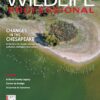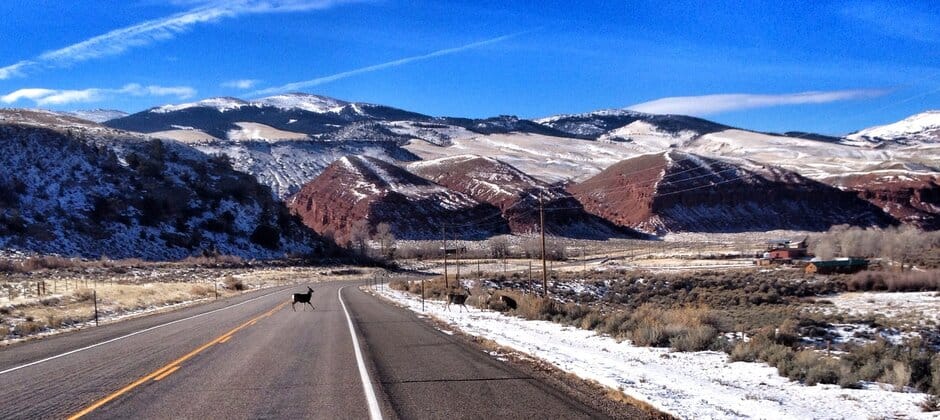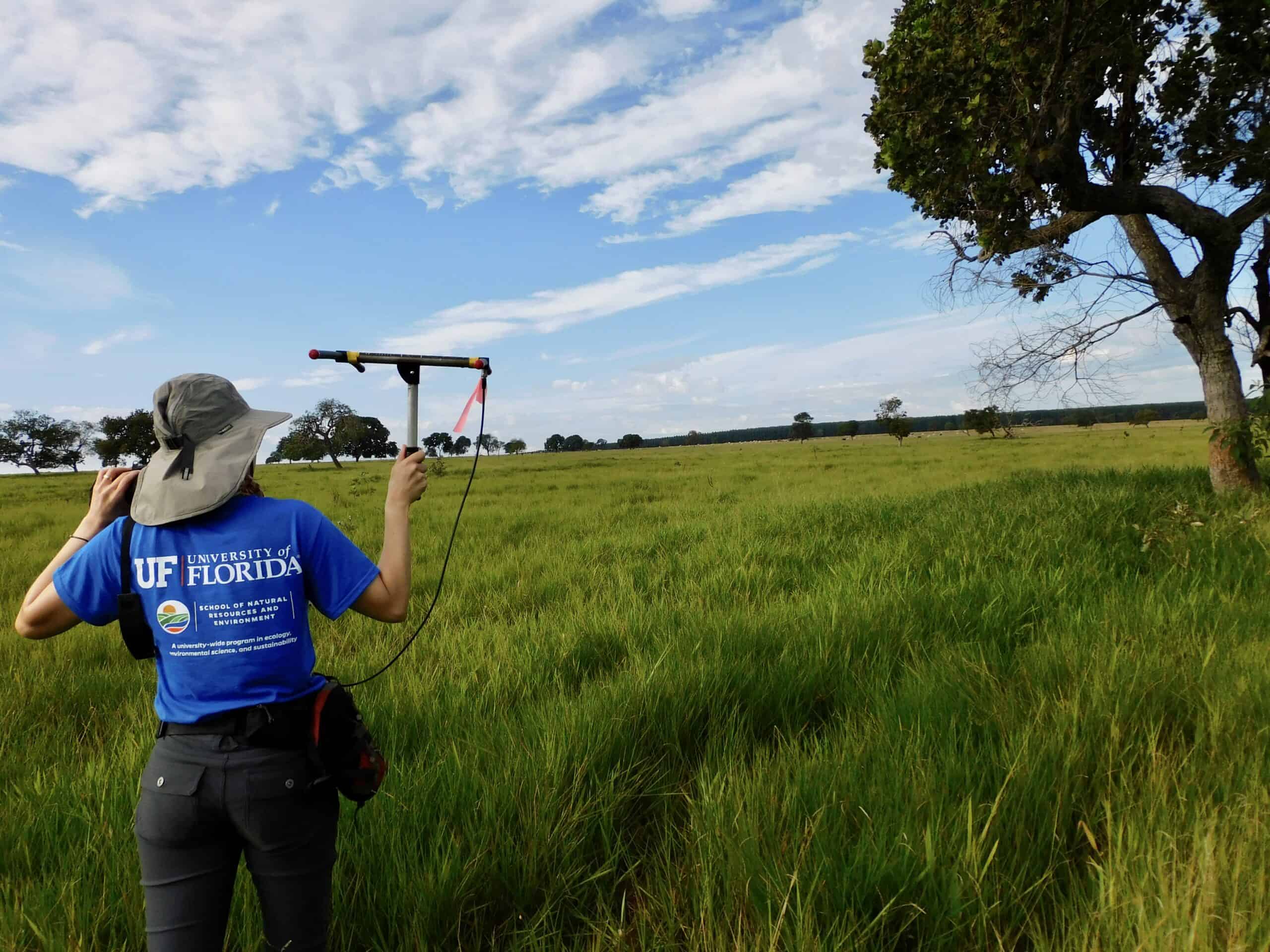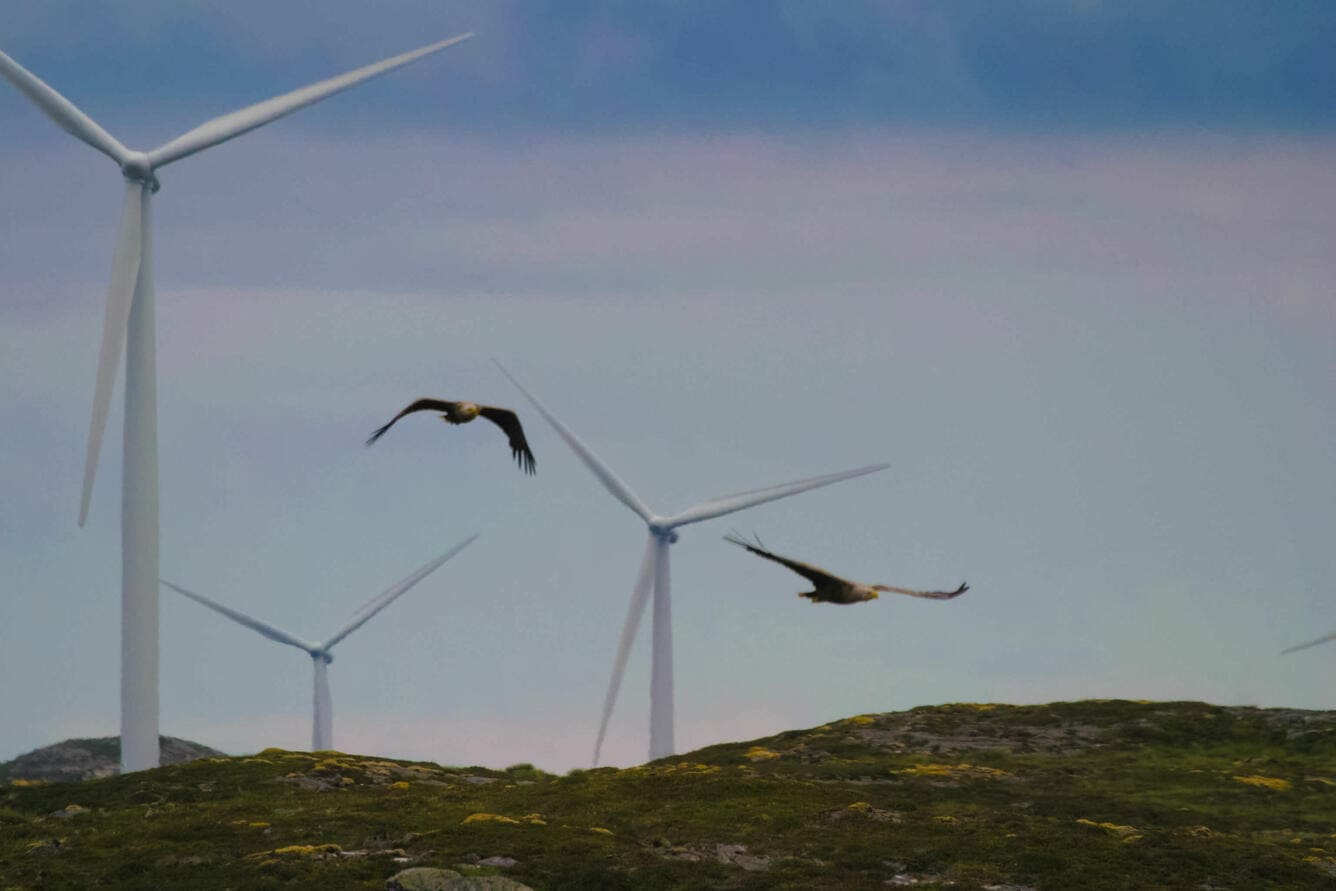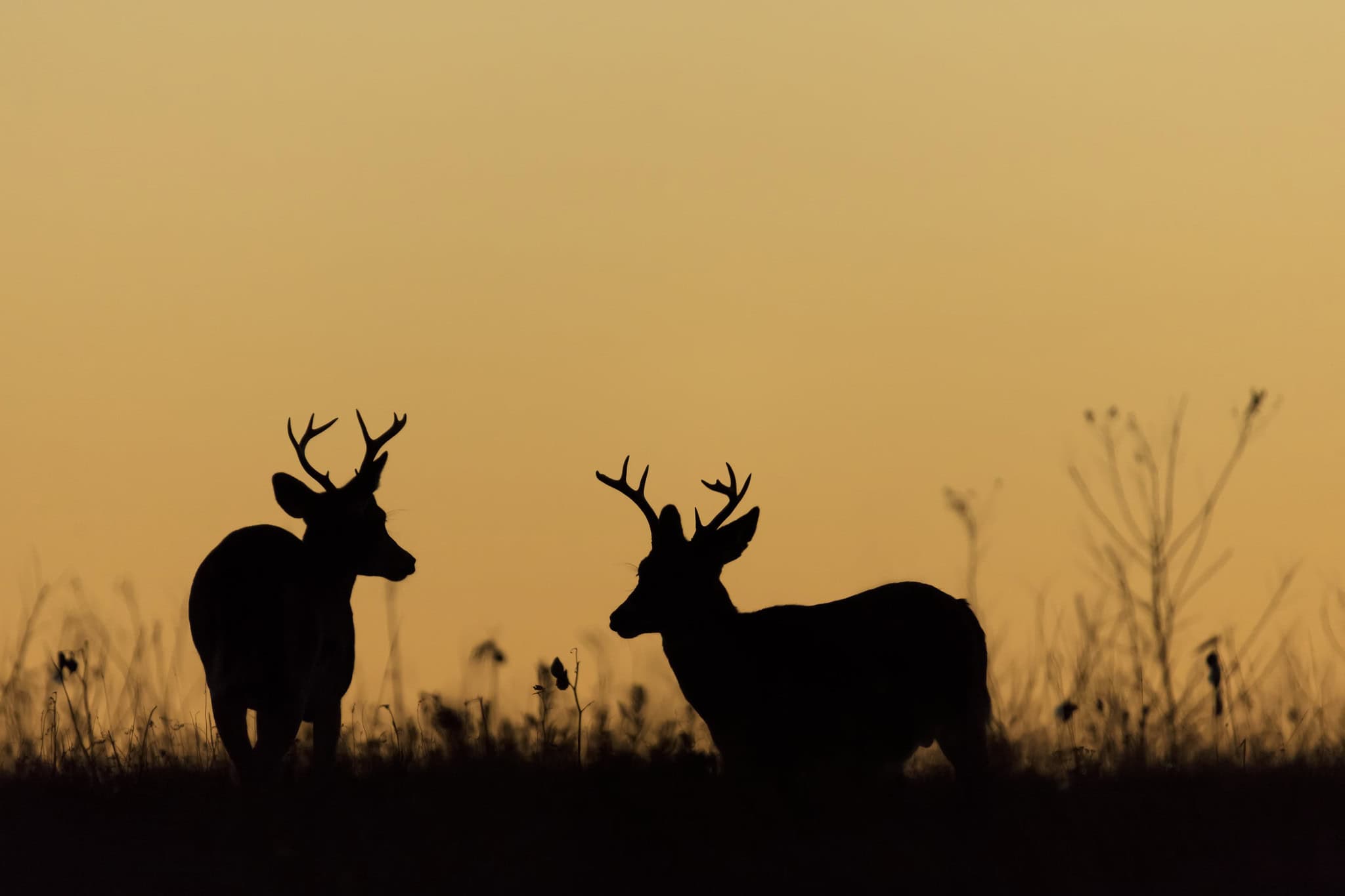Share this article
Reduced speed limit doesn’t improve safety for ungulates
Road strikes are a major cause of death for ungulates across the world—in Wyoming alone, an average of about 7,500 big game animals are killed every year.
“Roads can be a big problem for big game,” said Corinna Riginos, director of science of the Wyoming chapter of The Nature Conservancy.
The collisions can also cause vehicle damage, and even human injury and death. Some wildlife managers have proposed slowing down traffic in areas that experience high numbers of crossings as a solution.
But Riginos and her colleagues found that reducing speed limits doesn’t have much of an effect on curtailing ungulate strikes, at least on the highways they studied in Wyoming.
In a study published recently in Conservation Science and Practice, lead author Riginos and her team set up an experiment along six sections of highway in southwestern Wyoming where a lot of deer collisions occurred. These stretches of road were all in mule deer (Odocoileus hemionus) migration paths or winter ranges. Using radar detectors, the team measured the speed of every passing vehicle at night. They also set up infrared cameras to detect deer crossing in the dark and counted roadkill from records on animal collisions kept by the Wyoming Department of Transportation.
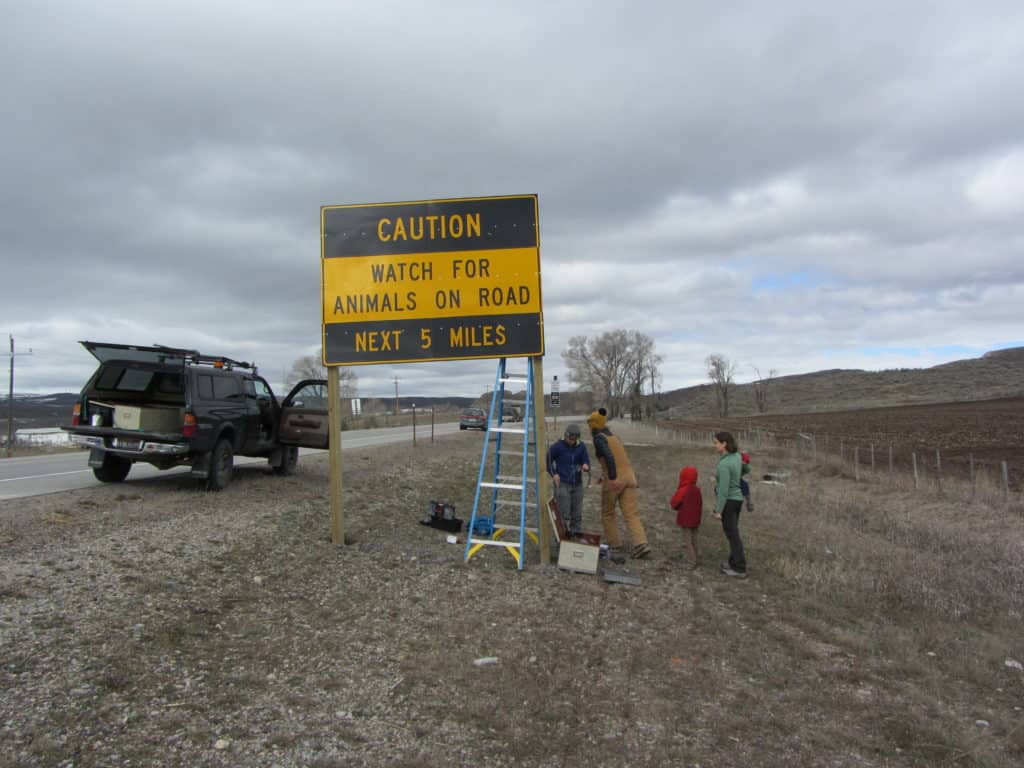
Researchers mount a thermal video camera on a sign within the experimental site. Credit: Corinna Riginos
At the sites in the mule deer’s winter range, the team kept the speed limit at its usual 70 mph from the fall of 2016, when they started the experiment, through the spring of 2017. In the second year, they dropped the speed limit to 55 mph in half of that stretch of highway.
At the stretches of road in the deer’s migration path, the researchers collected data over four migration seasons—during two of those seasons they reduced the speed limit.
They found, in general, when there was more traffic, there was a higher risk of deer-vehicle collisions.
“Not surprisingly, when there’s more vehicles on the road, it’s harder for the deer to make a safe crossing,” Riginos said.
Their analysis showed that reducing the speed limit at the winter sites, where the researchers feel their study design was stronger, didn’t decrease collisions there.
But the team did find a 30% reduction in wildlife collisions at the stretches of road in the migration paths. However, a harsh winter during the first year meant that fewer mule deer survived, resulting in fewer crossings in general during the migration seasons with reduced speed limit. The design of the study at the migration sites meant the researchers couldn’t tease apart the effects of speed limit versus larger population trends on roadkill, whereas they could make this distinction at the winter sites.
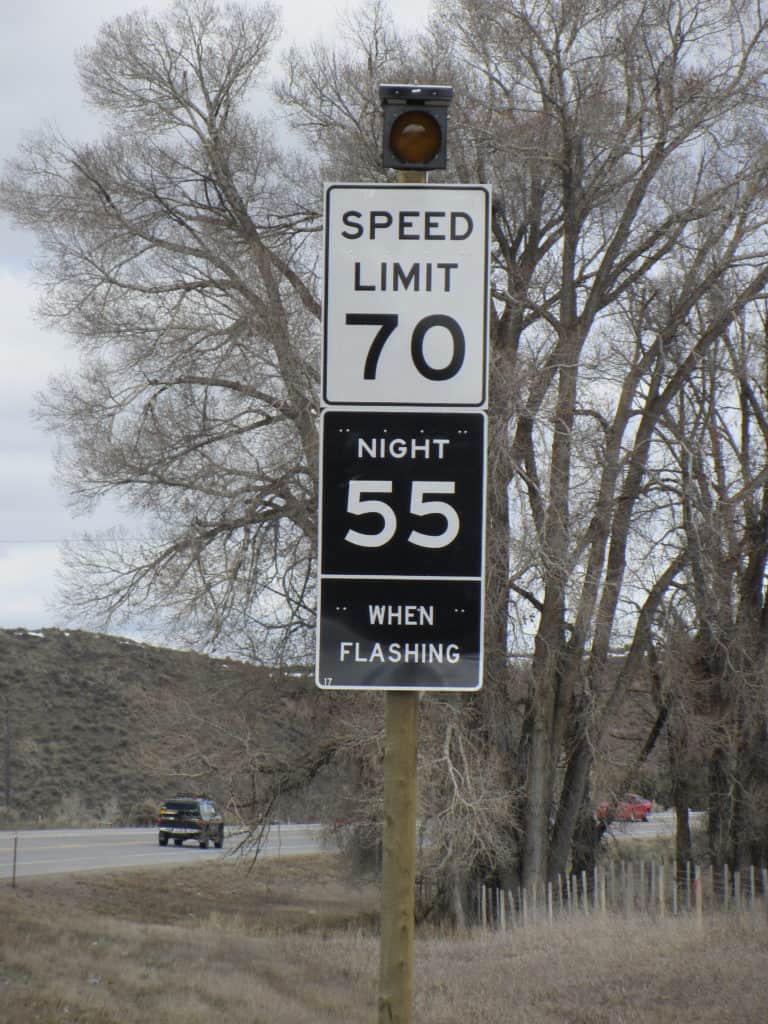
A reduced speed limit sign. Credit: Corinna Riginos
Part of the reason speed reduction may not have impacted deer collisions at the winter site was that many drivers didn’t respect the lower speed limit, Riginos said. Despite flashing beacons indicating that the speed limit dropped at night from 70 mph to 55 mph, cars only slowed an average of 3-5 mph.
“They were still well above the 55 mph target,” Riginos said. “We all want it to be a cheap and easy fix, but it’s hard to change how people behave.”
Mobilizing more highway patrols might help, she said. But she thinks that even slowing down to 55 mph might not help drivers react to wildlife in the road at night since vehicles are still moving fast. This study may prompt wildlife managers to reconsider the best strategies for reducing wildlife strikes in some areas like wildlife crossings.
She said that slowing traffic might still work in some urban areas for smaller stretches of road, but long stretches of highway are less likely to see these kinds of benefits.
While building overpasses or underpasses may be more expensive, Riginos said the cost has to be weighed against the vehicle damage caused by these accidents—a typical case of which might cost $8,000 on average—as well as possible injury and death for both deer and humans.
Header Image: Mule deer cross a road in Wyoming. Credit: Teton Science Schools

